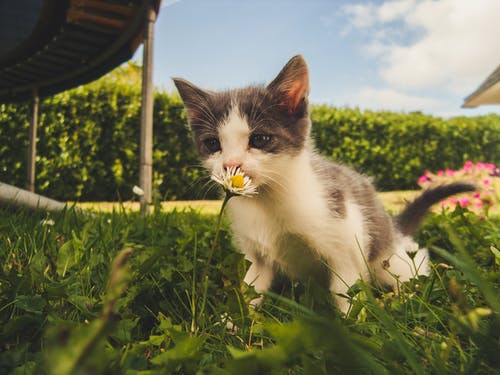Unconditional affection from a new pet might be the best gift for you and your family. However, it is crucial to understand that owning a pet is a long-term responsibility and must not be approached casually. If you’re thinking about acquiring a new hairy member to the household, among essential considerations is the pet’s age and need to be based on your ability to take care of them and meet their requirements. So, how do you identify the proper age for a new pet?
What age of pet should you acquire?
Obtaining a new pet is a satisfying experience if you are prepared. Maybe, the decision has been made to bring an animal right into your house, but you are uncertain what age to get it. Should you have a newborn, a puppy who has passed puppyhood, an adult, or even an elderly animal? Below are some points to consider regarding cats and dogs for every age group.
1. Baby
All newborn pets are charming until they begin ruining your home. Animals may not potty train as instantly as you’d want, so you’ll have to get the stain removed from your carpet. This will depend on the kind of pet you select. Little pups are infamous rip-off artists, along with scratching, biting, and chewing on your belongings.
As your pets’ teeth develop, dental wellness is of utmost importance. Since you can immediately teach them to let you clean their teeth, this is a great time to begin taking care of their teeth. Puppy teeth are easier to clean than those of an older canine. You may follow this link for any questions about veterinary dentistry.
2. Young
About a year and a half, maybe a year and a half old. If your cats are not teething or house trained, they aren’t prone to inflict any damage to your belongings. Your pets still have a lot of energy and are eager to play out there. As a result of the fact that you acquired your pet from another area, it may have particular undesirable characteristics that might be difficult to deal with. When choosing an animal, having a concept of the pet’s personality may greatly help.
3. Adult
This is the best time for a canine or feline. These canines are well-behaved now that they’ve been house-trained and are through the teething stage. They will be more relaxed and less demanding if you only have one pet. Two dogs can still enjoy themselves together but will not attempt to damage the home this time around.
In addition, this is when they become more gregarious and usually leave your house to meet other animals. As a result, cat and dog neuter procedure is a great concept. Spaying and neutering your dogs at a reputable facility will help you prevent the anxiety of an unexpected pregnancy in your dogs.
4. Senior
Although most people would never consider adopting an elderly animal, they still require a loving home. Even if they have wellness problems, older pets can still enjoy as much as their younger counterparts. Elderly pets are ideal for individuals who desire an animal with reduced activity degrees and who want one to maintain the company in their house.
This stage of a pet’s life requires the highest level of attention and consideration. It is necessary to recognize that they may become hostile and sickly. To inspect their health, you must often bring them to a vet. You never know when your elderly pets will certainly require emergency treatment. It’s an excellent suggestion to use the services of a pet facility in this circumstance.In case of emergency, you can visit websites like anaheimanimalcare.com for immediate assistance.










